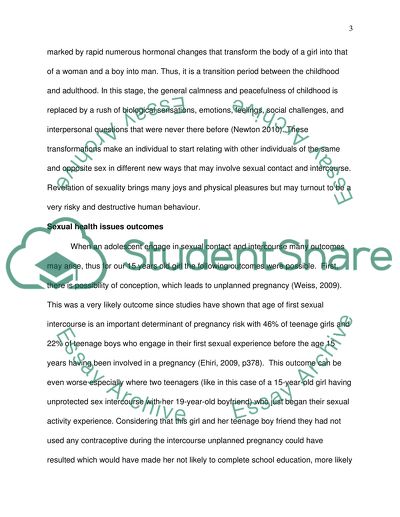Cite this document
(“Nursing Case Review of 15 Year Old Girl Essay Example | Topics and Well Written Essays - 2000 words”, n.d.)
Retrieved from https://studentshare.org/nursing/1430989-case-review-of
Retrieved from https://studentshare.org/nursing/1430989-case-review-of
(Nursing Case Review of 15 Year Old Girl Essay Example | Topics and Well Written Essays - 2000 Words)
https://studentshare.org/nursing/1430989-case-review-of.
https://studentshare.org/nursing/1430989-case-review-of.
“Nursing Case Review of 15 Year Old Girl Essay Example | Topics and Well Written Essays - 2000 Words”, n.d. https://studentshare.org/nursing/1430989-case-review-of.


